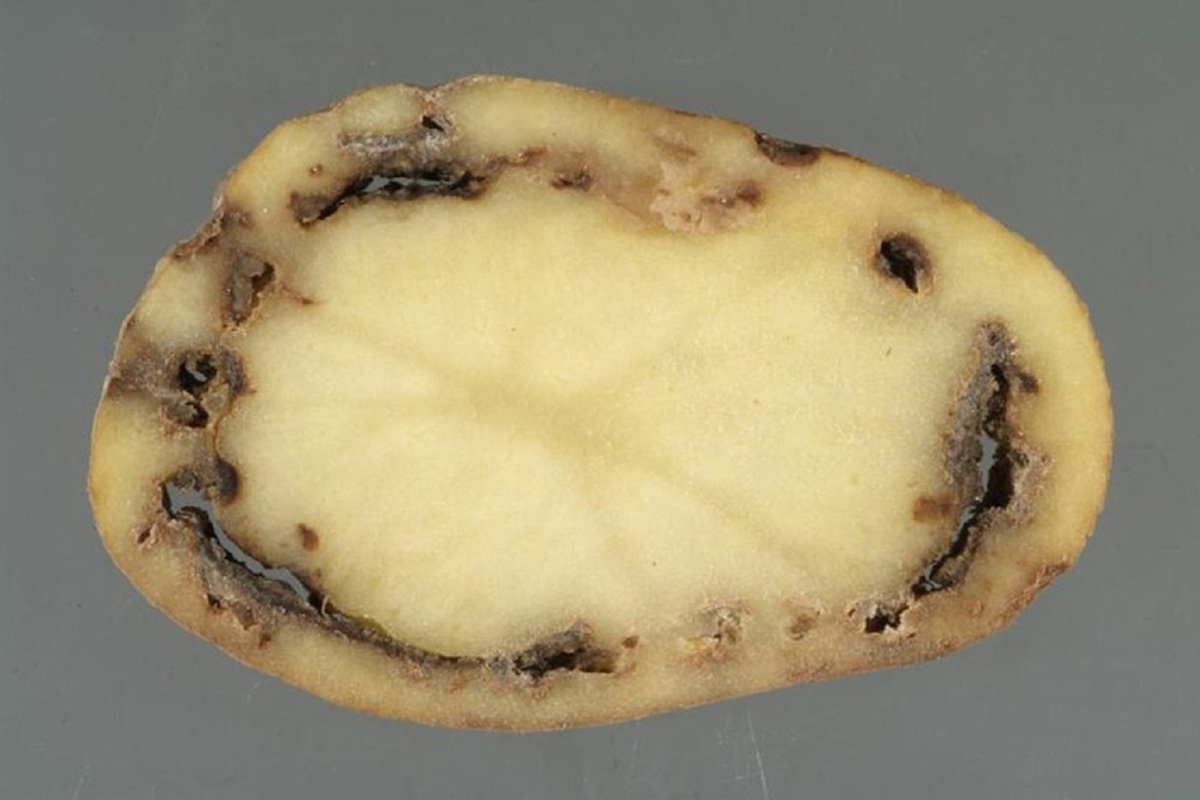As a farmer, agronomist, agricultural engineer, farm owner, or scientist working in agriculture, you’re no stranger to the challenges that come with crop management. One such challenge is the insidious Ring Rot disease caused by the bacterium Clavibacter michiganensis. This article explores the latest data on Ring Rot and its devastating impact on potato crops.
Ring Rot is a highly contagious disease that affects potato crops worldwide. The bacterium Clavibacter michiganensis attacks the vascular system of the plant, causing rotting and discoloration of the tubers. Infected potatoes are unfit for consumption and can cause significant economic losses for farmers.
According to the latest data from the Food and Agriculture Organization of the United Nations (FAO), Ring Rot remains a significant threat to potato production worldwide. In 2020, the disease was reported in several countries, including Belgium, Canada, China, Germany, and the United States.
The development of Ring Rot can have severe consequences for farmers and the agricultural industry. Infected crops must be destroyed to prevent the spread of the disease, resulting in significant financial losses. The loss of a potato crop can also affect the livelihoods of farmers and their families, leading to food insecurity and economic instability.
In conclusion, Ring Rot is a devastating disease that poses a significant threat to potato crops worldwide. It is essential for farmers, agronomists, agricultural engineers, farm owners, and scientists working in agriculture to be aware of the latest data on the disease and take preventive measures to protect their crops. By implementing good agricultural practices and following strict phytosanitary measures, we can prevent the spread of Ring Rot and ensure a stable supply of potatoes for future generations.
#RingRot #ClavibacterMichiganensis #PotatoCrops #Agriculture #Farmers #Agronomists #AgriculturalEngineers #FarmOwners #Scientists #CropManagement #PhytosanitaryMeasures #FAO #FoodSecurity #EconomicLosses
